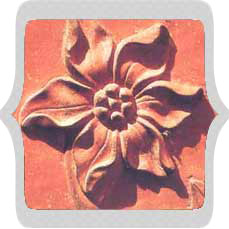Was Taj Mahal a Shiva temple? To know about the myth and legend of the Taj as a Shiva temple, read on this article.
Was Taj Mahal a Shiva Temple
 |
Playing a part in boosting this myth up is a piece of information that historians imply. The information, believed to be a fact by many states that Mughals, during their rule in India looted and destroyed many Hindu Temples. It is believed that on the piece of land where Taj Mahal now stands was obtained by Shah Jahan from the Rajput sovereign Mirza Jai Singh and that a Hindu temple by the name of Tejo Mahalya, dedicated to Lord Shiva, stood here before Taj Mahal. One of the steadfast believers of the "Taj Mahal a Shiva Temple Myth" is Professor P.N. Oak, author of "Taj Mahal: The True Story", a book published in 1965 that did present some interesting set of proofs and showed a different story altogether but was banned by the government.
P.N. Oak stated that Taj Mahal should be viewed as a temple palace and not as a tomb. He even goes on to say that Mumtaz Mahal is not even buried there. According to him, all the records of the Taj Mahal are just instruments to hide its true origin. To prove his claim, he even filed a petition in the court for permission to break open the cenotaphs, and to tear down brick walls in the basement chambers to prove his case. However, his case was rejected by the court as no hardcore evidence was there to support the claim. But many researchers continue to believe in it and the legend lives on.